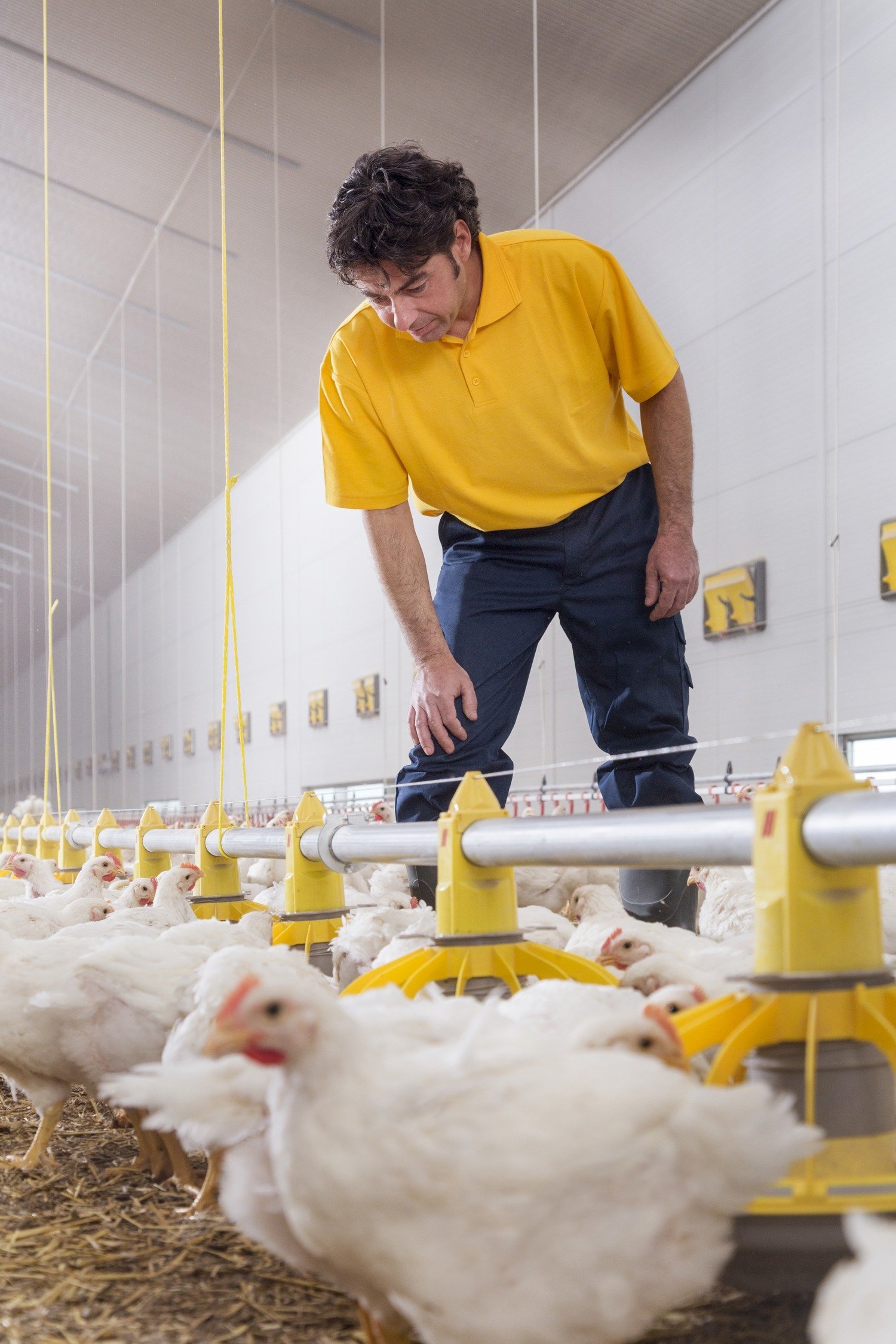Antibiotic Reduction Programme
Antimicrobial resistance occurs when a microorganism becomes resistant to antibiotics. It is a rising problem for both humans and animals worldwide. If not tackled, it will be the number one global public health issue and could grow to 10 million human deaths in 2050.
Selko’s Antibiotic Reduction Programme aims to empower producers in safely and efficiently reducing the use of antibiotics. With a record of accomplishment spanning over 15 years our integrated feed-, farm- and health approach has helped producers to achieve at least equal, but in most cases improved productivity, while reducing antibiotic usage. Selko's antibiotic reduction programme safeguards animal health, animal welfare, and production profitability.

Interview with Barbara Brutsaert

Reducing antibiotics in livestock production? Questions to consider
Does antibiotic use in animals contribute to AMR in humans?
A proven link has been established between antibiotic use in animals and the development of antibiotic resistance in animals. Antibiotic resistance can be transferred between animals and humans and vice versa. While the exact impact on human AMR remains uncertain, consumer perceptions about antibiotics in food production outweigh the scientific correlation with AMR percentages.
What does antibiotic free mean?
The term ‘antibiotic-free’ varies by region and market. It can refer to several antibiotic reduction methods, such as adhering to withdrawal times, not using growth promoters, or excluding antibiotics and ionophores (considered antibiotics in the US) throughout the production chain. Different combinations of these definitions may apply in various markets.
Why reduce antibiotic use if bacteria are already resistant?
Resistant bacteria, present even before antibiotics, survive by outlasting susceptible bacteria. Antibiotics inadvertently aid this by selecting for resistance, thereby increasing bacterial resistance. It’s crucial to reduce antibiotic use to prevent a future with no effective antibiotics for animal health and welfare. This benefits both humans and animals, as reducing antibiotics in animals has been shown to decrease antibiotic resistance in both species.
Can livestock companies feasibly reduce antibiotics?
Nutreco’s 2025 Roadmap sets antibiotic reduction targets as part of its sustainability strategy, which includes controlling antimicrobial resistance (AMR) to ensure responsible animal protein production. Trouw Nutrition’s team is committed to sustainable feeding with minimal social, environmental, and economic impact. While market views on the urgency of AMR action vary, reducing antibiotics is crucial for the animal protein industry. Nutreco’s AMR reduction efforts, which align with its ideology and economic goals, are implemented gradually with customer collaboration throughout the value chain.

Selko Gut Health Scoring
Selko’s gut scan measures gut health at a specific and provides a good indication of the severity and the location of issues in the intestine. The result of this gut health scan can be used to evaluate the effect of feed management changes. In addition to that, via the gut health scan, we can analyze which synergistic blends of feed additives can be applied to improve animal zootechnical performance while reducing the reliance on antibiotics.
Feed Additives
FAO (Food and Agriculture Organization) recommends on diverse types of feed additives. Via the water – our synergistic organic acid blend- supports digestion via its specific blend of organic acids.
Our gut health additive containing patented slow-release C12, butyrate, and phenolic compound in the feed stabilizes the gut microbiota and improves the gut barrier integrity.
Another FAO recommendation is the usage of copper and zinc. Selko’s hydroxy trace minerals copper and zinc source have a strong antimicrobial effect and improved immunity response.
Supplementing feed with a synergistic combination of our gut health additive and hydroxy trace minerals (where it is allowed) is a proven and promising approach to an AGP - free production system. This combination focuses on two aspects of gut health: strengthening the gut barrier function and microbiota stabilization while improving gut digestion and immune modulation to achieve notable health and performance benefits.

Did you know?
Phytogenics were introduced into animal nutrition decades ago to find alternatives for the use of antibiotics to support livestock performance. Some phytogenics may indeed have antimicrobial activity in vitro, but at the in-feed inclusion levels commonly used, most of them have little to no direct antimicrobial effect. However, by using phytotechnology to support the host’s own natural defense mechanisms and robust physiological funtions, phytogenic products can have a valuable contribution to optimal performance in antibiotic-free or -reduced production systems.


